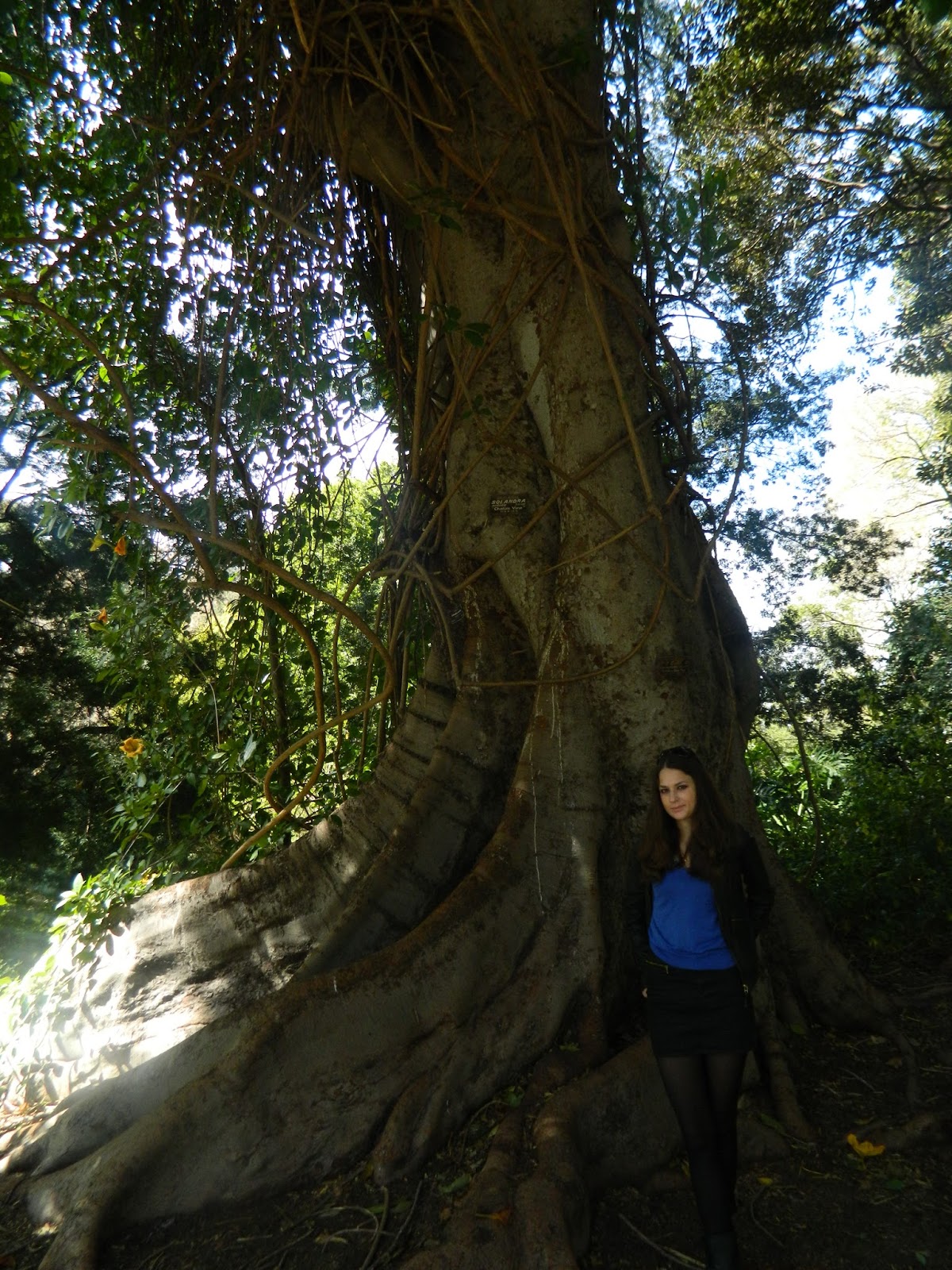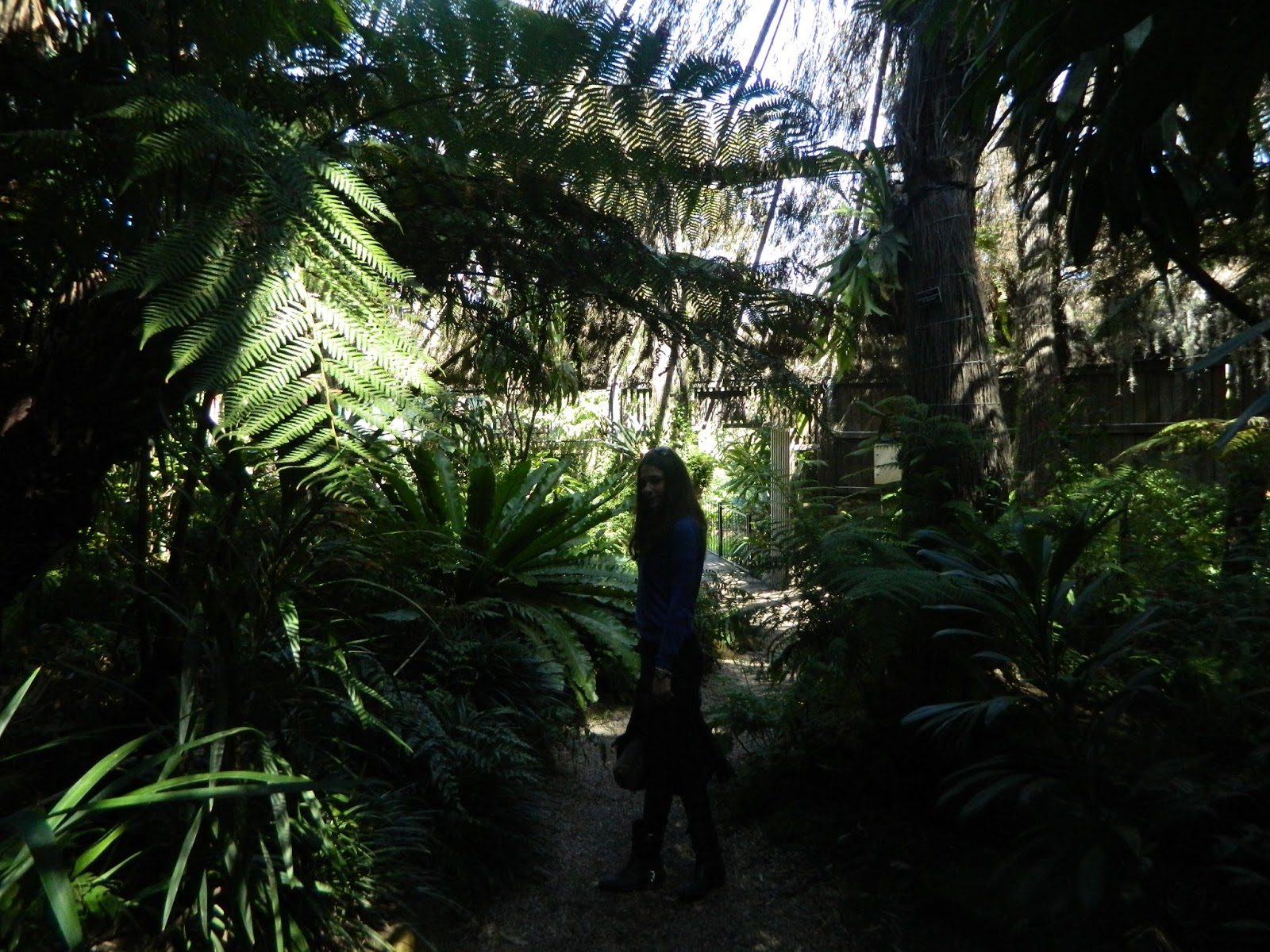


















Today resembled a page out of a book that could be entitled ' Wildlife of Australia'. Having boycotted the ZOO in Adelaide ( the satisfaction of encountering a koala in the wild bush is far greater than seeing one behind the bars) we went to Urimbirra Wildlife Park to meet the animals that inhabit Australia. We were surprised to discover how sweet and nice the kangaroos were (of course, having tasty crackers in the outstretched palm must have been helpful) and how similar they behaved to a dog while licking the crackers gently out of our hands. The appetite of some of them seemed insatiable, as they kept jumping back asking for more snacks. Dingos turned out bear close resemblance to foxes that can be seen in London, whilst the fur of koalas was surprisingly velvety. I was most enchanted by exotic wombats, which I have never seen before. These close relatives of koalas dig extensive burrow systems( hence their powerful claws and huge front teeth). They are mostly nocturnal and can be found in forests, mountains as well as heathland areas of south-eastern Australia, including Tasmania. Another animal that we have only seen on a road sign before, was an echidna, which resembles a hedgehog. Apparently echidnas and platypuses are the only egg-laying mammals. Echidnas' strange beak helps them to ingest termites and ants which are their main source of food. We also saw dozens of cheerful parrots, cowardly emus (which have very powerful legs and can run away surprisingly fast). Imagine our surprise, when walking through a forest we were greeted by a ' hello' said in a hoarse voice. As it soon turned out, the voice belonged to a white funny parrot, which was really proud of its abilities to amuse us and kept greeting us cheerfully as we went along.
If the first part of today could be named 'Wildlife of Australia', the second deserves the title of 'The End of the World' as that's what it felt like when we reached Cape Jervis (south west tip of the Fleurieu Peninsula). The impression was further enhanced by strong wind and lush green hillocks with hundreds of sheep (and at one point we even spotted a colony of the kangaroos hopping across a field). The fog and grey clouds added to the mystery of Cape Jervis, making it similar to Cape of Good Hope.
Dzisiejszy dzien przypominal strone wyjeta z albumu pt. 'Dzikie Zwierzeta Australii'. Po zbojkotowaniu ZOO w Adelaidzie ( uznalismy, ze ogladanie zwierzat za kratkami nie przyniesie nam takiej satysfakcji, jak wypatrzenie koali w dzikim buszu), wybralismy sie do Uribimirra Wildlife Park, zeby spotkac rdzennych mieszkancow Australii. Bylismy zaskoczeni tym, jak slodkimi i milymi zwierzakami sa kangury (oczywscie, smakolyki w postaci krakersow w naszych dloniach na pewno pomogly im w oslodzeniu charakteru) oraz tym, jak bardzo przypominaly psy, gdy zlizywaly te przysmaki z naszych rak. Apetyt niektorych wydawal sie nieposkromiony- ciagle przyskakiwaly po wiecej przysmakow. Dingo okazaly sie bardzo podobne do lisow, ktore mozna spotkac na londynskich ulicach (noca). Mnie najbardziej oczarowaly egzotyczne wombaty, ktorych nigdy wczesniej nie wizialam. Ci bliscy krewni koali ryja korytarze z norek, tworzac cale systemy korytarzow(stad silne lapki i ogromne przednie zeby). Sa glownie zwierzetami nocnymi i zamieszkuja lasy, gory oraz wrzosowiska poludniowo-wschodniej Australii, wlaczajac Tasmanie. Inne zwierze, ktore tylko dotychczas ogladalismy na znakach drogowych to echidna( rodzina Kolczatkowatych), ktora wygladem przypomina jeza. Echidny oraz dziobaki to jedyne ssaki znoszace jaja. Dziwny dziobek echidny pomaga jej we wciaganiu termitow i mrowek, ktore sa jej glownym pozywieniem. Widzielismy tez dziesiatki wesolych papug, plochliwych emu (ktore maja bardzo silne nogi i dzieki temu potrafia zaskakujaco szybko uciec). Wyobrazcie sobie nasze zdumienie, gdy idac przez las zostalismy przywitani: 'Hello' przez kogos o zachrypnietym glosie. Tym kims okazala sie smieszna, biala papuga, bardzo zadowolona z tego, ze jej zdolnosci tak bardzo nam przypadly do gustu. Jej powitania towarzyszyly nam podczas dalszej wedrowki.
Jesli pierwsza czesc dnia moznaby okreslic jako 'Fauna Australii', to druga zasluguje na tytul 'Koniec Swiata', gdyz tak sie wlasnie czulismy, gdy dotarlismy na Przyladek Jervis (poludniowo zachodni skrawek Polwyspu Fleurieu). To wrazenie potegowal bardzo silny wiatr oraz przesycone zielenia pola z setkami owiec ( nawet udalo nam sie wypatrzec kolonie kangurow). Mgla oraz szare chmury dodaly tajemniczosci przyladkowi, ktory przypomnial nam Przyladek Dobrej Nadzieji.



























































